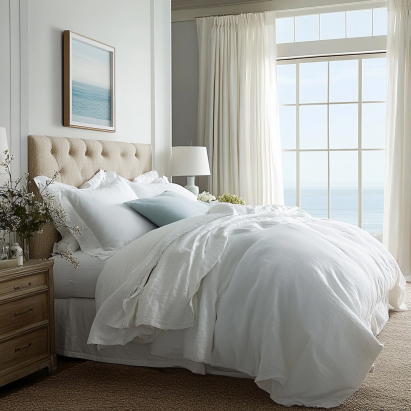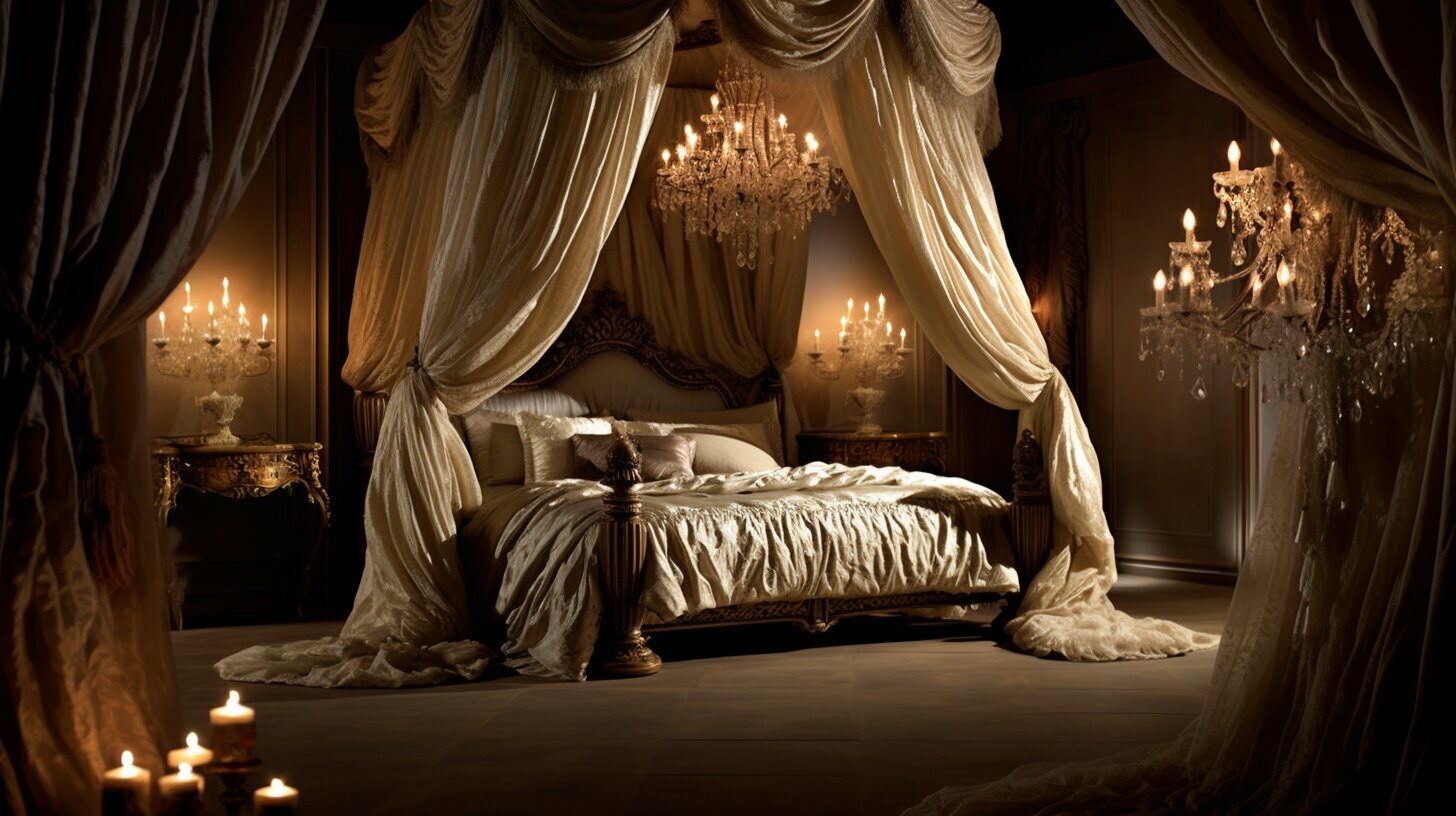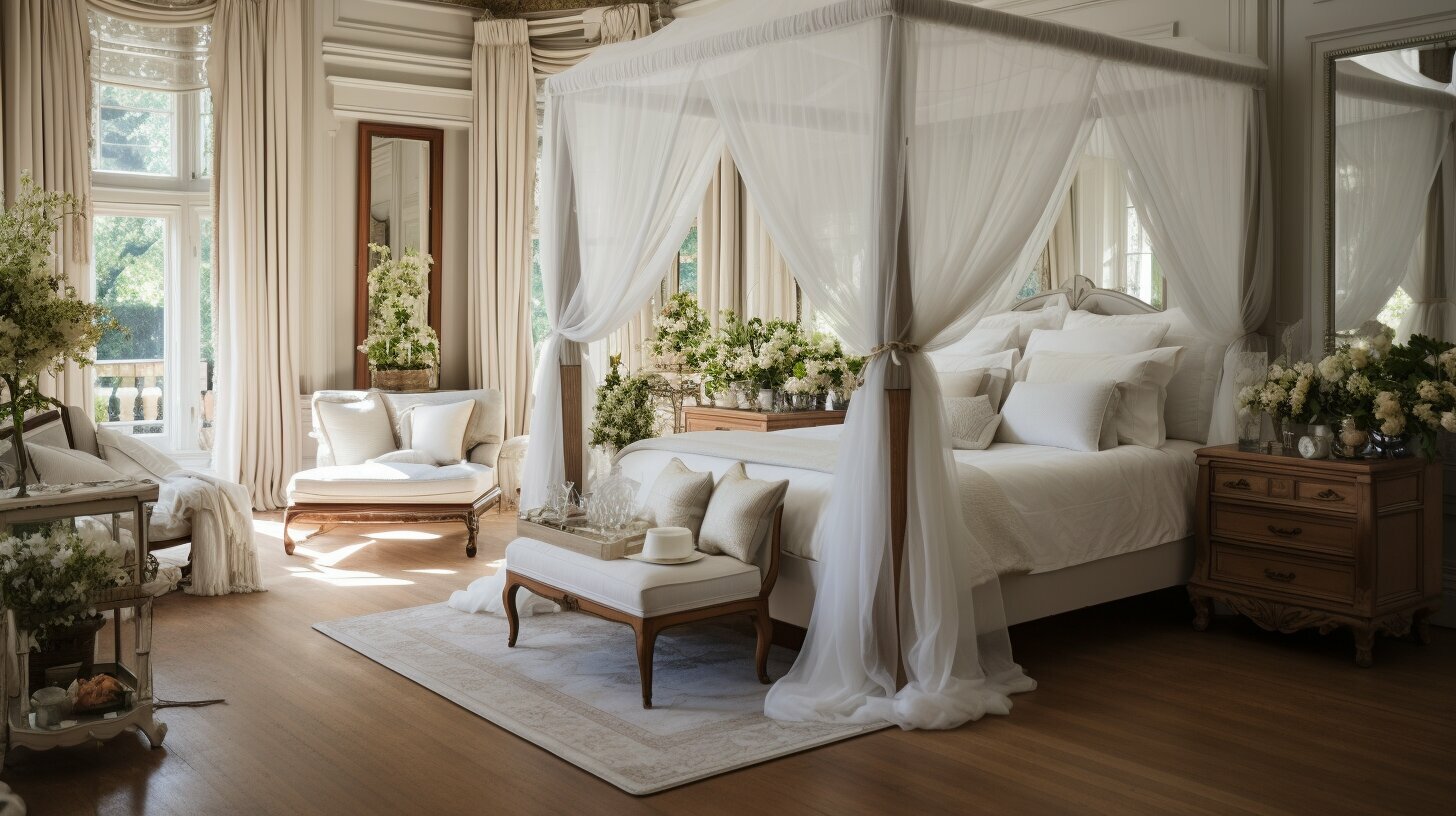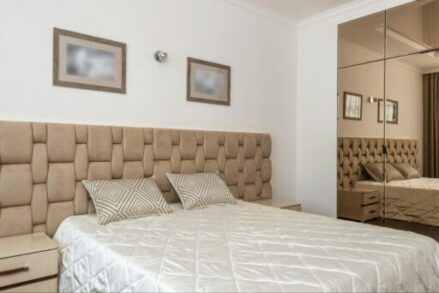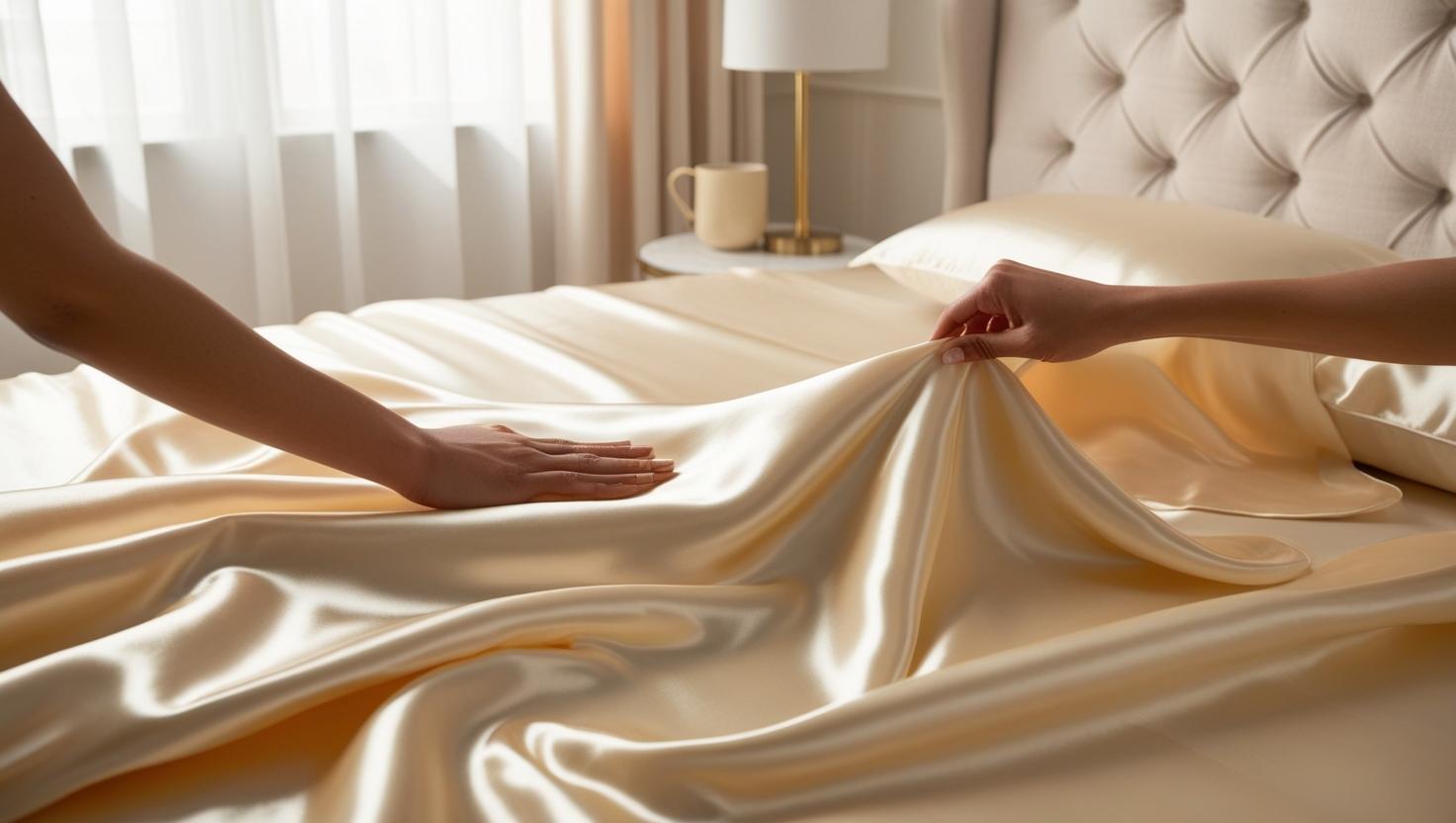Introduction to Sham Bedding
When designing a bedroom, every detail plays a vital role, and sham bedding is no exception. This decorative bedding option brings an elevated aesthetic to your space, offering more than just utility. With its intricate pillow shams and elegant layering, this approach to bedroom decor transforms ordinary spaces into luxurious retreats. This guide will explore what sham bedding is, how to incorporate it into your decor, and why it’s a must-have for anyone aiming to achieve a designer look.
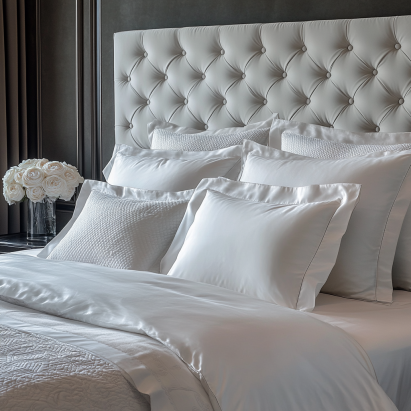 .
.
What is Sham Bedding?
Defining Pillow Shams in Decorative Bedding
A key element of sham bedding is the pillow sham. Unlike standard pillowcases, pillow shams are decorative covers designed to enhance the visual appeal of your bed. Often adorned with flanges, borders, or intricate embroidery, these pieces contribute to a polished and sophisticated bedroom aesthetic. While not typically used for sleeping, pillow shams complete the overall look of a well-dressed bed.
Learn more about the functional and decorative differences of pillow shams in this guide from The Sleep Foundation.

Types of Pillow Shams
Understanding the various types of pillow shams can help you design the perfect arrangement for your bed:
- Standard Shams: These fit regular-sized pillows and add symmetry to a queen or double bed.
- Euro Shams: Square-shaped and often placed at the back of the bed, they provide depth and volume to your design.
- King Shams: Designed for king-sized pillows, they are ideal for creating proportion on larger beds.

For more guidance on selecting the right bedding, check out this comprehensive Bedding Guide from Jabbour Linens.
Sham Bedding vs. Comforter: Key Differences
What is a Comforter?
A comforter is a thick, quilted blanket that acts as the primary cover for your bed. While comforters emphasize comfort and warmth, sham-style arrangements focus on visual elegance. This distinction is crucial when creating a cohesive bedroom look.
Comparing Decorative Shams and Comforters
- Purpose: Shams are decorative, while comforters provide functional warmth.
- Materials: Shams are often made of luxurious fabrics, whereas comforters prioritize cozy, durable materials.
- Placement: Pillow shams are placed on top for decorative appeal, while comforters cover the entire bed.
How to Choose the Right Elements for Your Bed
Tips for Selecting Pillow Shams
When choosing pillow shams:
- Match designs with your room’s color palette.
- Opt for high-quality materials like cotton or silk for durability and style.
- Ensure the shams fit your pillows perfectly for a polished look.
Choosing the Perfect Comforter
Pairing the right comforter with your bedding enhances the overall appeal:
- Look for patterns or solid colors that complement your other elements.
- Select comforters with the right level of warmth for your climate.
- Ensure the comforter fits well on your bed for a cohesive appearance.
Get inspired by creative ways to upgrade your bed with these custom bed frame ideas.
Integrating Decorative Shams Into Your Bedroom Decor
Layering with Pillows and Comforters
Layering is key to making your bed stand out. Combine pillow shams, comforters, and throw pillows for depth and dimension. Euro shams provide a striking backdrop, while standard or king shams add balance.
Mixing Patterns for a Stylish Look
Combine patterns between shams and comforters to create a dynamic and modern aesthetic. For example, floral Euro shams paired with a solid comforter can create visual contrast.
Coordinating Colors for a Cohesive Design
Bedding works best when its colors harmonize with your overall bedroom theme. Incorporate tones from your walls, curtains, or furniture for a seamless look.
Explore DIY bed frame projects to complement your bedding setup.
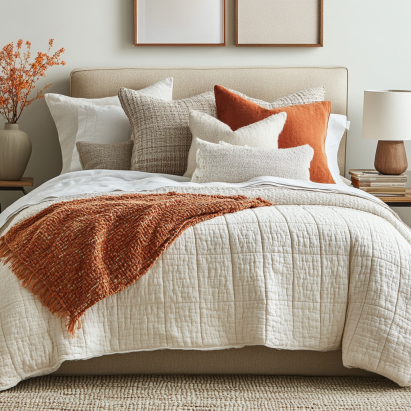
Conclusion: The Impact of Decorative Bedding
Decorative bedding is more than just ornamental—it’s transformative. By carefully choosing and arranging pillow shams and comforters, you can elevate your bedroom’s style and comfort. Whether you’re embracing the elegance of Euro shams or mixing textures for a modern look, thoughtful layering allows you to personalize your space.
For additional tips on choosing materials that pair well with decorative arrangements, read this guide on bed frame materials.

